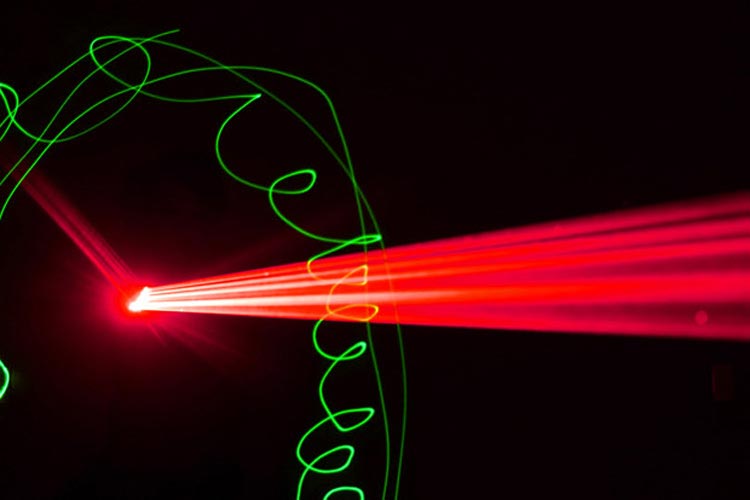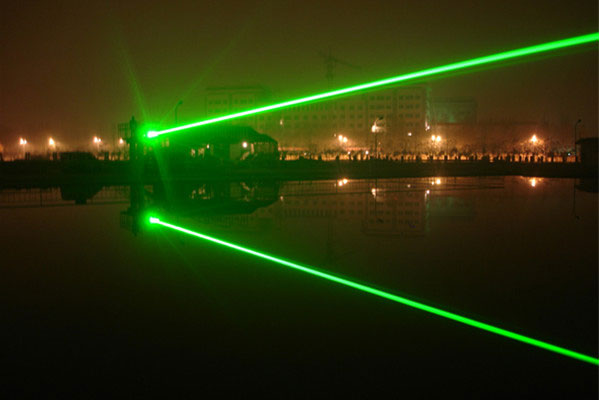Fiber laser welding machine is the use of energy fiber, the laser generated by solid-state laser, through the laser coupling technology to the fiber, and then the fiber in the laser through the output mirror to the workpiece surface, to achieve the purpose of welding. The use of optical fiber transmission green astronomy laser, you can use the flexibility of the fiber, so that the laser can be arbitrary angle of the workpiece processing, to achieve a multi-dimensional flexible processing. Fiber laser on the laser energy also have a homogeneous effect, the laser spot energy can be modeled output, and the laser for homogenization, so that the laser beam quality is better to improve the quality of welding. The use of energy feedback power output energy laser can do the same spot.
Laser welding technology is a new type of high-efficiency welding technology in the market in recent years, which can greatly improve the production efficiency for multi-point welding. The laser flight welding technique is used by the robot arm movement to cooperate with the high dynamic positioning motion of the laser scanner to transfer the laser beam in the laser to the editable focused optical head (PFO) mounted on the robot by optical soldering, Two high-speed scanning mirrors in the PFO (ie "filters") enable the green laser light beam to perform high-speed precision movement in accordance with the programmed path, and realize the welding of the sheet metal by focusing the telecentric lens. In the automotive industry, laser welding technology can be applied to automotive seat plate, instrument related parts, door structure, trunk lid and other special materials (such as galvanized material) sheet welding process.
From the market growth point of view, according to the type of laser, the next five years, the fastest growing market is the direct semiconductor lasers, mainly kilowatt-class high-power semiconductor lasers; growth is the second fastest quantum cascade laser, this laser advantage obviously, widely used, especially in anti-terrorism, security and other applications play an important role in the future of the global quantum cascade lasers will have a huge demand. Fiber lasers will always maintain a steady growth rate. From the application of the laser market, to remove about half of the optical communications market, the current macro-processing is the largest market, followed by micro-processing, the future with the manufacturing industry continues to high-end development, micro-processing market will have a large growing space.
Please consult your doctor before deciding whether to undergo any blue laser surgery. Depending on your age, overall health status, health care plans, and laser surgery costs, your doctor may advise you to choose a traditional surgical procedure. For example, if your age is less than 18 years old, you should not accept Lasik (excimer laser surgery) ophthalmic surgery. Laser surgery rehabilitation and general surgery almost. A few days before surgery, need to rest enough to take painkillers until the discomfort and swelling of the situation disappeared. The condition of rehabilitation after laser treatment is different depending on the type of treatment received and the treatment of the body.
The main driving factor in the global laser treatment market is the growth in demand for cosmetic surgery. American Orthopedic Association estimated that only 2016 years in the 1.8 million cosmetic surgery and 15.5 million minimally invasive cosmetic surgery. Other market drivers include increased population aging, increased age-related eye disease complications, penetration of laser treatment clinics, and so on. Taking into account all these factors, the global burning laser treatment market is expected to reach $ 9.77 billion by the end of 2023, and the average compound annual growth rate will reach 12.2% during the period from 2017 to 2023.

